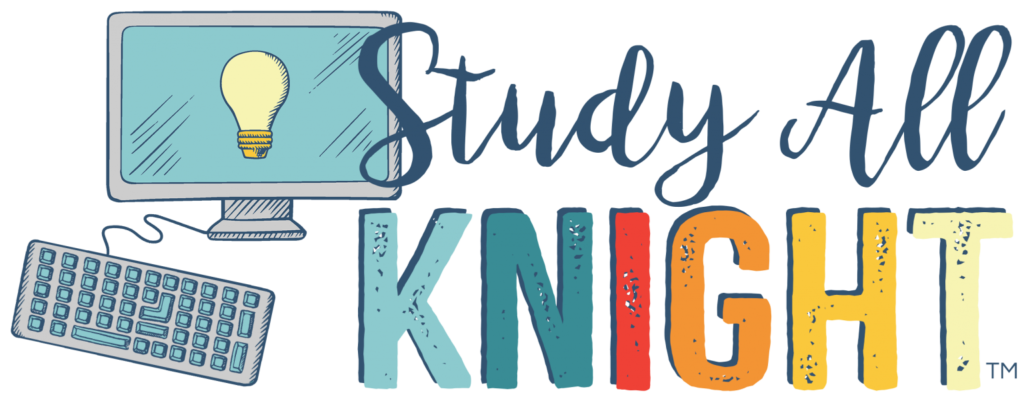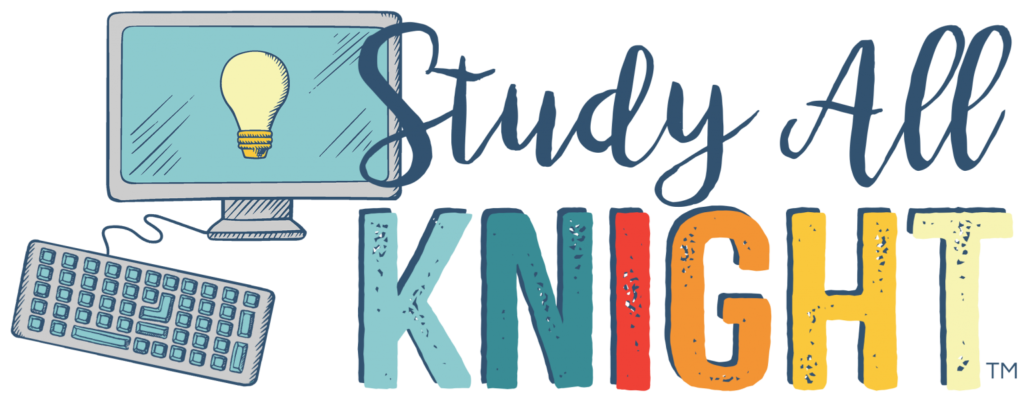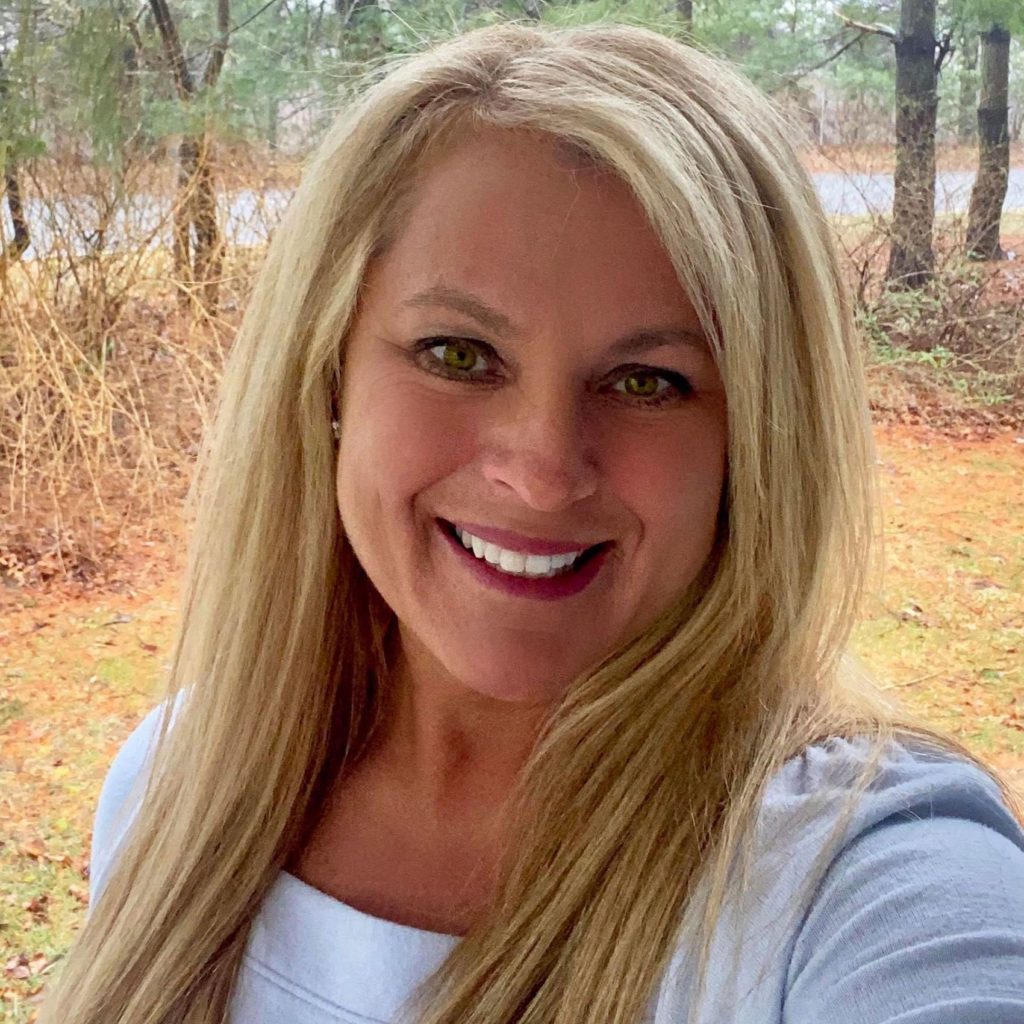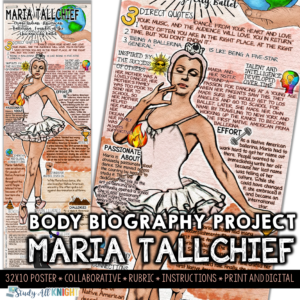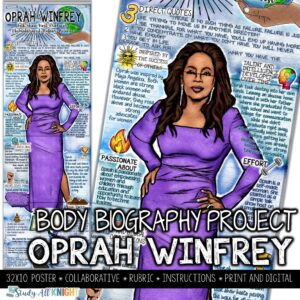What does a student centered classroom look like?
Don’t be intimidated, it’s easy. During unit planning, implement foldables, flip books, and interactive notebooks. Nobody is expecting a teacher to jump right in and go full force into interactive notebooks. You can slowly implement them into your lessons, a few here and a few there. Instead of a full notebook, you can use a “journal” style book.
I do a lot of unit planning involving center tasks, which ultimately culminate to a final problem based learning assessment (PBL). I watched my students struggle early on with a long task list for each unit. Within the task list there are required assessments and activities, then there are optional tasks, and finally, the PBL.
 |
| You can print in gray scale as well as in color. The color shown is so light that a gray scale copy will look slightly shaded. |
So instead of my struggling students going to our crate to get all their materials, I found a way to “house or package” the mandatory materials together. This is where the flip book comes in. Considered a foldable by some and definitely not the same as interactive notebooking, It is an interactive tool. My students last spring said to me, “Can we just do flip books?” I was so pleased to hear this and I interpreted this as my students were getting some relief and becoming less overwhelmed.
I have students that get so good at assembling flip books, that they serve as my “flight stewards,” they go around and assist other students in need of help. By the second unit of using flip books, I am swarmed with kids asking if they can help others. What a great way to have peer experts!
Student centered secondary classrooms are a way of the 21st century, but so are distractions with tween/teen drama, lack of motivation, and technology, if not managed. The flip book keeps interest and ownership for learning.
You can use a blank flip book template. What is the problem with this? You are back to, “What do I do next?” Using a pre-filled flip book with helpful concepts, activities, maps, and vocabulary drives your students to success. You can walk away from them and see their independence flourish.
 |
| Wonder, Novel Flip Book |
 |
| Shown here is a novel flip book for, The Old Man and the Sea, by Ernest Hemingway. All the inside pages of a novel flip book are filled with assessment activities. |
What do parents think about flip books and foldables?
Don’t forget the parents! The flip book for concepts are a great learning tool for parents, too. Foldables and flip books would be especially helpful with math and science concepts.
 |
| You can share your flip book for a specific concept with families. During homework, the parent can refer to the flip book for assistance. |
Introduce the flip book to your students with your next unit, they’ll love it and so will you! Oh, and don’t forget to grade it! I give you an “A.”
For a really helpful FLIPtorial on how to assemble one of my flip books, click here.
